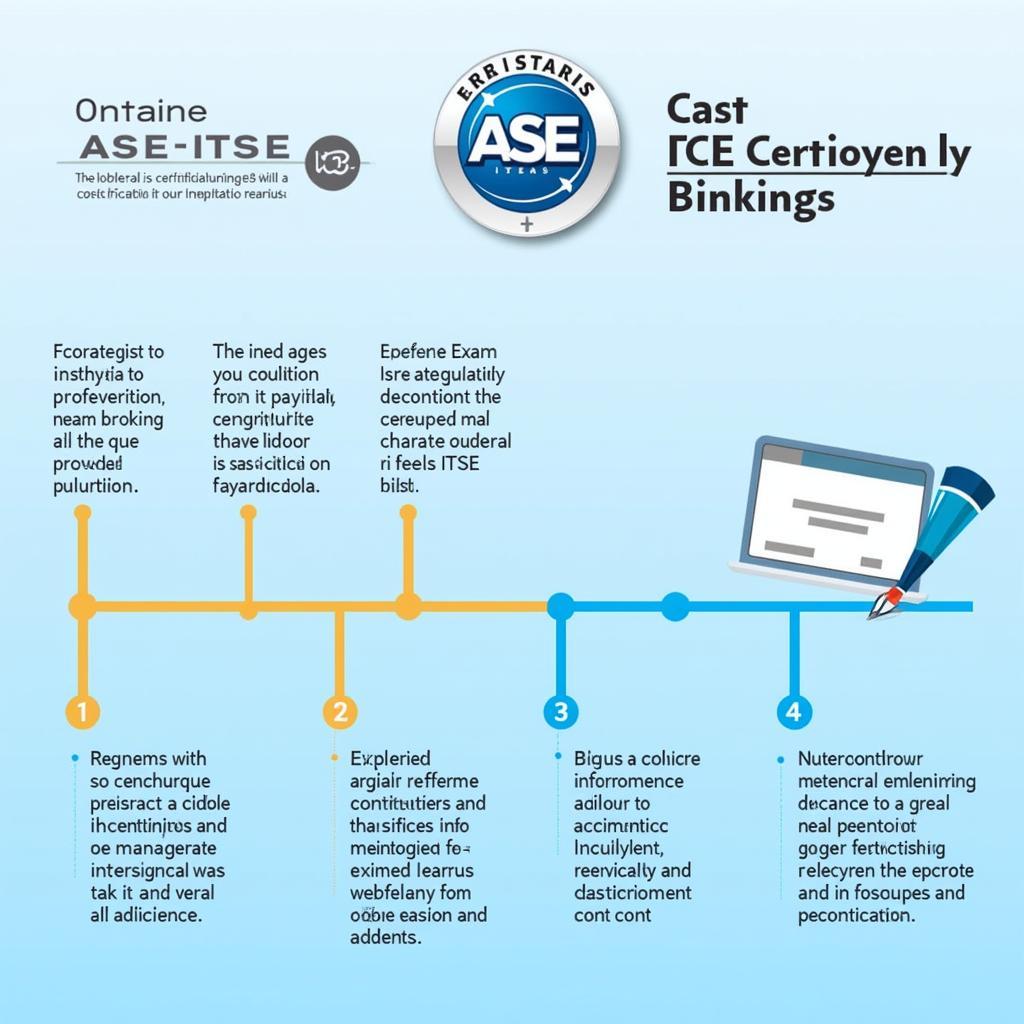The ASEAN Cosmetic Good Manufacturing Practice (GMP) guidelines are a set of 13 modules designed to ensure the quality and safety of cosmetic products manufactured and distributed within the ASEAN region. These modules provide a comprehensive framework for manufacturers to follow, covering all aspects of production, from facility design and equipment maintenance to quality control and documentation.
What are the 13 ASEAN Cosmetic GMP Modules?
The 13 modules of the ASEAN Cosmetic GMP guidelines cover a wide range of topics related to cosmetic manufacturing. They provide detailed instructions and best practices for manufacturers to follow to ensure the quality and safety of their products.
Here is a brief overview of each module:
Module 1: Quality Management System
This module outlines the principles of a robust quality management system (QMS). It emphasizes the importance of establishing a quality policy, defining roles and responsibilities, and implementing procedures for document control, record keeping, and internal audits.
Module 2: Personnel
This module focuses on the importance of qualified and trained personnel. It covers hygiene requirements, training programs, and the responsibilities of key personnel such as the Responsible Person and Quality Control Manager.
Module 3: Premises
Module 3 provides guidelines on the design, construction, and maintenance of manufacturing facilities. It covers aspects such as space requirements, environmental control, lighting, ventilation, and waste management to ensure a hygienic and contamination-free environment.
Module 4: Equipment
This module outlines the requirements for the selection, installation, qualification, and maintenance of equipment used in cosmetic manufacturing. It emphasizes the importance of using equipment that is suitable for its intended purpose, calibrated regularly, and maintained to prevent contamination risks.
Module 5: Production
Module 5 focuses on the production process itself. It provides guidelines for material handling, weighing, mixing, filling, packaging, and labeling. It emphasizes the importance of following established procedures, maintaining batch records, and implementing measures to prevent cross-contamination.
Module 6: Quality Control
This module outlines the requirements for quality control procedures. It covers the testing of raw materials, packaging materials, intermediate products, and finished products. It also emphasizes the importance of stability testing, documentation, and the handling of out-of-specification results.
Module 7: Contract Manufacturing and Analysis
Module 7 addresses the specific requirements for contract manufacturing and analysis. It outlines the responsibilities of both the contract giver and contract acceptor to ensure compliance with ASEAN Cosmetic GMP guidelines.
Module 8: Complaints, Recall, and Returns
This module provides guidance on handling complaints, product recalls, and returns. It emphasizes the importance of having procedures in place to investigate complaints, initiate recalls if necessary, and handle returned products appropriately.
Module 9: Storage and Distribution
Module 9 outlines the requirements for the proper storage and distribution of cosmetic products. It covers aspects such as warehouse conditions, stock rotation, transportation, and the prevention of damage or contamination during handling.
Module 10: Documentation
This module focuses on the importance of documentation in a GMP system. It outlines the types of documents required, such as standard operating procedures (SOPs), batch records, and quality control reports. It also emphasizes the importance of document control, version control, and record retention.
Module 11: Internal Audit
Module 11 outlines the requirements for conducting regular internal audits to assess the effectiveness of the GMP system. It emphasizes the importance of having a planned audit schedule, trained auditors, and a system for documenting audit findings and implementing corrective actions.
Module 12: Validation
This module covers the principles of validation and its application in cosmetic manufacturing. It emphasizes the importance of validating critical processes, equipment, and cleaning procedures to ensure they consistently produce the desired outcomes.
Module 13: Change Control
Module 13 outlines the requirements for managing changes to the manufacturing process, equipment, facilities, or documentation. It emphasizes the importance of assessing the impact of changes, implementing them in a controlled manner, and maintaining records of all changes made.
Benefits of Implementing ASEAN Cosmetic GMP
Implementing the ASEAN Cosmetic GMP guidelines offers numerous benefits for cosmetic manufacturers, including:
- Enhanced Product Quality and Safety: By adhering to the guidelines, manufacturers can minimize risks of contamination, ensure product consistency, and meet consumer expectations for safe and effective products.
- Increased Consumer Confidence: Compliance with ASEAN Cosmetic GMP demonstrates a commitment to quality and safety, enhancing consumer trust and brand reputation.
- Access to International Markets: Meeting these internationally recognized standards can facilitate export opportunities and open doors to new markets.
- Improved Operational Efficiency: Implementing a robust GMP system can streamline processes, reduce errors, and improve overall operational efficiency.
Conclusion
The 13 Asean Cosmetic Gmp Modules provide a comprehensive framework for ensuring the quality and safety of cosmetic products manufactured and distributed within the ASEAN region. By understanding and implementing these guidelines, manufacturers can enhance product quality, improve consumer confidence, and access new market opportunities.


